

Articles
How To Make Your Duvet Look Fluffy
Modified: October 28, 2024
Learn the best techniques and tips to make your duvet look fluffy with these informative articles. Transform your bedding and enhance the cozy feel of your bedroom.
(Many of the links in this article redirect to a specific reviewed product. Your purchase of these products through affiliate links helps to generate commission for Storables.com, at no extra cost. Learn more)
Introduction
There’s nothing better than crawling into bed and snuggling up under a soft and fluffy duvet. However, over time, duvets can lose their plumpness and become flat and lifeless. If your duvet has lost its fluff, don’t worry – there are several simple techniques you can use to revive it and make it look as good as new.
In this article, we will discuss how to make your duvet look fluffy again. We will cover everything from choosing the right duvet, properly fluffing it, using duvet inserts and toppers, shaking and beating the duvet, air drying and fluffing in the dryer, as well as alternative methods for achieving that perfect fluff. So, let’s dive in and learn how to get your duvet looking plump and inviting!
Key Takeaways:
- Choose a high fill power, down-filled duvet with baffle box construction for maximum fluffiness and comfort. Properly fluff your duvet by shaking, massaging, and hanging it up to maintain its inviting appearance.
- Enhance your duvet’s fluffiness with inserts, toppers, and alternative methods like shaking, beating, and air drying. Professional cleaning may be necessary for severely flattened duvets.
Read more: How To Make A Bed Look Fluffy
Choosing the Right Duvet
When it comes to making your duvet look fluffy, choosing the right duvet itself plays a crucial role. Here are a few key factors to consider:
- Fill Power: Fill power refers to the measure of down or feather insulation within the duvet. The higher the fill power, the fluffier and more insulating the duvet will be. Look for duvets with a higher fill power for maximum fluffiness.
- Fill Material: Duvets can be filled with down, feathers, or a combination of both. Down tends to be lighter, more breathable, and provides better insulation, resulting in a fluffier duvet. Feathers can offer more support and structure. Consider your preferences and needs when choosing the fill material.
- Thread Count: Thread count refers to the number of threads per square inch of fabric. A higher thread count signifies a softer and more luxurious duvet. Opt for a higher thread count to ensure a comfortable and fluffy sleeping experience.
- Baffle Box Construction: Look for duvets with baffle box construction. This means that the duvet has internal fabric walls that prevent the filling from shifting or clumping together. Baffle box construction ensures that the filling remains evenly distributed, resulting in a fluffy and uniform appearance.
- Duvet Size: Choosing the right size duvet for your bed is important for achieving a fluffy look. Make sure the duvet is large enough to cover the entire mattress and hang over the edges slightly. This creates a puffy appearance and prevents the duvet from looking flat.
By taking these factors into account when selecting your duvet, you can ensure that you start with a foundation that is conducive to achieving the fluffy look you desire.
Properly Fluffing Your Duvet
Once you have chosen the right duvet, it’s time to give it a proper fluff. Here are some steps to follow:
- Shake it out: Start by taking your duvet outside or to a spacious area indoors. Give it a good shake to loosen up the fibers and eliminate any clumps. This will help restore its natural fluffiness.
- Massage the filling: Next, you can gently massage the filling throughout the duvet using your hands. This will help redistribute the insulation and plump up any flattened areas. Work your way from top to bottom, ensuring that each section receives equal attention.
- Fluffing with your hands: To further enhance the fluffiness, hold your duvet by the corners and give it a few firm shakes. This action helps aerate the filling and creates separation between the fibers, resulting in a fuller appearance.
- Hang it up: If possible, hang your duvet on a clothesline or railing for a few hours. Gravity will help pull down on the filling, causing it to expand and regain its loft. This step is especially effective for down-filled duvets.
- Rotate and flip: To maintain the fluffiness of your duvet, make it a habit to rotate and flip it regularly. This ensures that the filling wears evenly over time and prevents it from becoming flat in certain areas.
By following these steps, you can effectively fluff up your duvet and restore its plump and inviting appearance. Remember to repeat these techniques every few months, or as needed, to keep your duvet looking fluffy and cozy.
Using Duvet Inserts and Toppers
In addition to fluffing your duvet, you can also enhance its fluffiness by using duvet inserts and toppers. These accessories can provide an extra layer of insulation and loft, resulting in a plumper and more luxurious look. Here’s how you can use them:
- Duvet Inserts: Duvet inserts are thick and fluffy duvets that can be inserted inside your regular duvet cover. They are typically filled with down or synthetic materials and offer extra warmth and loft. Simply place the duvet insert inside your duvet cover, and it will instantly add volume and fluffiness to your bedding ensemble.
- Duvet Toppers: Duvet toppers, also known as mattress toppers or featherbeds, are thick layers of cushioning material that can be placed on top of your mattress but beneath your sheets and duvet. They are usually filled with down, feathers, or synthetic fibers and provide additional softness and loft. By using a duvet topper, you create a plush foundation for your duvet, resulting in a more inviting and fluffy appearance.
- Layered Inserts and Toppers: For those who desire an ultra-fluffy and cozy sleeping experience, combining duvet inserts and toppers can work wonders. Start with a mattress topper, add a duvet insert, and then cover it all with your duvet cover. This layering technique adds exceptional volume and ensures maximum fluffiness.
Using duvet inserts and toppers not only enhances the appearance of your duvet but also improves comfort and insulation. Experiment with different combinations and thicknesses to find the perfect balance of fluffiness and coziness for your bed.
After washing your duvet, put it in the dryer with a couple of tennis balls to fluff it up. The tennis balls will help to break up any clumps and restore the fluffy texture.
Shaking and Beating Your Duvet
If your duvet has become compressed and flat, shaking and beating it can help revive its fluffiness. Here are the steps to follow:
- Take it outside: Find an open outdoor space where you can easily shake and beat your duvet without causing a mess. If the weather permits, a sunny and breezy day is ideal for this task.
- Shake it vigorously: Holding one end of the duvet firmly, give it a vigorous shake to loosen up the filling. Repeat this motion for each section of the duvet, working your way from top to bottom. The shaking action helps break apart any clumps and redistributes the fibers for a plumper look.
- Beat it with a soft object: Using a soft object such as a wooden paddle or a tennis racket, gently beat the duvet. This action fluffs up the filling and further loosens any compacted areas. Be careful not to use excessive force, as you don’t want to damage the duvet or cause the filling to escape.
- Rotate and repeat: Once you have shaken and beaten one side of the duvet, rotate it and repeat the process on the other side. This ensures that you treat the entire duvet evenly and achieve consistent fluffiness.
Shaking and beating your duvet helps restore its natural loft and eliminates any flat areas. This method is particularly effective for down-filled duvets, as it helps reinvigorate the feathers and revive their ability to trap air, providing greater insulation and fluffiness.
However, it’s important to note that this technique may not be suitable for all types of duvets, especially those with delicate or synthetic fillings. Always check the care instructions provided by the manufacturer to ensure you’re using the appropriate method for your specific duvet.
Read more: How To Make Your Blanket Fluffy Again
Air Drying and Fluffing in the Dryer
Another effective method for making your duvet look fluffy is through air drying and fluffing it in the dryer. Here’s how you can do it:
- Air drying: Start by washing your duvet according to the manufacturer’s instructions. Once clean, gently squeeze out any excess water without wringing or twisting the duvet. Then, hang it up to air dry. Choose a well-ventilated area and ensure that the duvet is not exposed to direct sunlight, as this can cause fading or damage to the fabric.
- Fluffing in the dryer: After the duvet is completely dry, transfer it to the dryer. Add a few clean tennis balls or dryer balls to the dryer to help break up any clumps and fluff up the filling. Set the dryer to a low heat or air-fluff setting, and tumble the duvet along with the tennis balls or dryer balls for about 10-15 minutes. The balls will bounce around and beat the duvet, restoring its loft and creating a fluffy appearance.
- Check and repeat: After the initial drying and fluffing cycle, check the duvet to see if it has achieved the desired fluffiness. If needed, repeat the process for an additional cycle or until you are satisfied with the results.
It’s worth noting that not all duvets are suitable for machine drying. Always check the care label or manufacturer’s instructions to ensure that your duvet can be safely dried in the dryer. If in doubt, opt for air drying or consult a professional cleaner.
This method is particularly effective for down or feather-filled duvets, as it helps restore the loft and freshness of the feathers. However, synthetic and delicate duvets may require different drying methods, so refer to the specific care instructions to ensure the best results.
Alternative Methods for Fluffing Your Duvet
If you’re looking for additional ways to fluff your duvet, here are some alternative methods to consider:
- Using a Fabric Steamer: A fabric steamer can help restore the fluffiness of your duvet without the need for washing or drying. Simply hover the steamer a few inches above the duvet and move it vertically and horizontally to release steam. The steam will penetrate the fibers and help them expand, resulting in a plumper appearance.
- Brushing with a Soft Bristle Brush: Another method is to gently brush your duvet with a soft-bristle brush. Start at one corner and brush in long sweeping motions, working your way across the entire duvet. This action helps separate the fibers and improve the duvet’s overall fluffiness.
- Using a Vacuum Cleaner: A vacuum cleaner with a brush attachment can also be used to fluff your duvet. Attach the brush tool to the vacuum and run it over the duvet surface, applying gentle pressure. The suction and brushing action will lift the fibers and restore their volume.
- Professional Cleaning: If your duvet is severely flattened or has accumulated a lot of dirt and dust, it may benefit from professional cleaning. Take your duvet to a reputable cleaner who specializes in bedding items. They have the expertise and equipment to clean and fluff your duvet, leaving it looking rejuvenated.
It’s important to note that not all methods may be suitable for every type of duvet. Consider the material, fill, and care instructions of your duvet before opting for alternative fluffing methods. Testing a small, inconspicuous area first is also recommended.
By exploring these alternative methods, you can find the one that works best for your duvet and achieve that desired fluffy and inviting look.
Conclusion
Making your duvet look fluffy again is a simple and rewarding task. By following the right techniques and utilizing the appropriate methods, you can restore your duvet to its plump and inviting state.
Start by choosing the right duvet with a higher fill power, proper fill material, and baffle box construction. These factors contribute to the overall fluffiness and comfort of your duvet. Additionally, consider the thread count and size of the duvet for optimal appearance.
Properly fluffing your duvet is essential. Shake it out, massage the filling, and fluff it with your hands to redistribute the fibers. Hanging it up and rotating it regularly helps maintain its fluffiness over time. Additionally, using duvet inserts and toppers can add an extra layer of insulation and loft, enhancing the overall fluffiness of your bedding.
If your duvet has become flat, shaking and beating it can revive its fluffiness. Beating it gently with a soft object helps loosen compacted areas and fluff up the filling. Alternately, air drying your duvet and giving it a tumble in the dryer with tennis balls or dryer balls can also restore its volume and plushness.
Alternative methods like steaming, brushing with a soft bristle brush, or using a vacuum cleaner can also be employed to fluff your duvet. And in some cases, professional cleaning may be necessary to rejuvenate your duvet.
Remember, a fluffy duvet not only looks more appealing, but it also enhances your sleeping experience by providing warmth, softness, and comfort. By taking the time to properly care for and fluff your duvet, you can ensure that it remains cozy and inviting for years to come.
So, go ahead and give your duvet the attention it deserves. Enjoy the comfort and luxurious fluffiness of your freshly revived bedding, and drift off to dreamland in a cloud of softness.
Frequently Asked Questions about How To Make Your Duvet Look Fluffy
Was this page helpful?
At Storables.com, we guarantee accurate and reliable information. Our content, validated by Expert Board Contributors, is crafted following stringent Editorial Policies. We're committed to providing you with well-researched, expert-backed insights for all your informational needs.
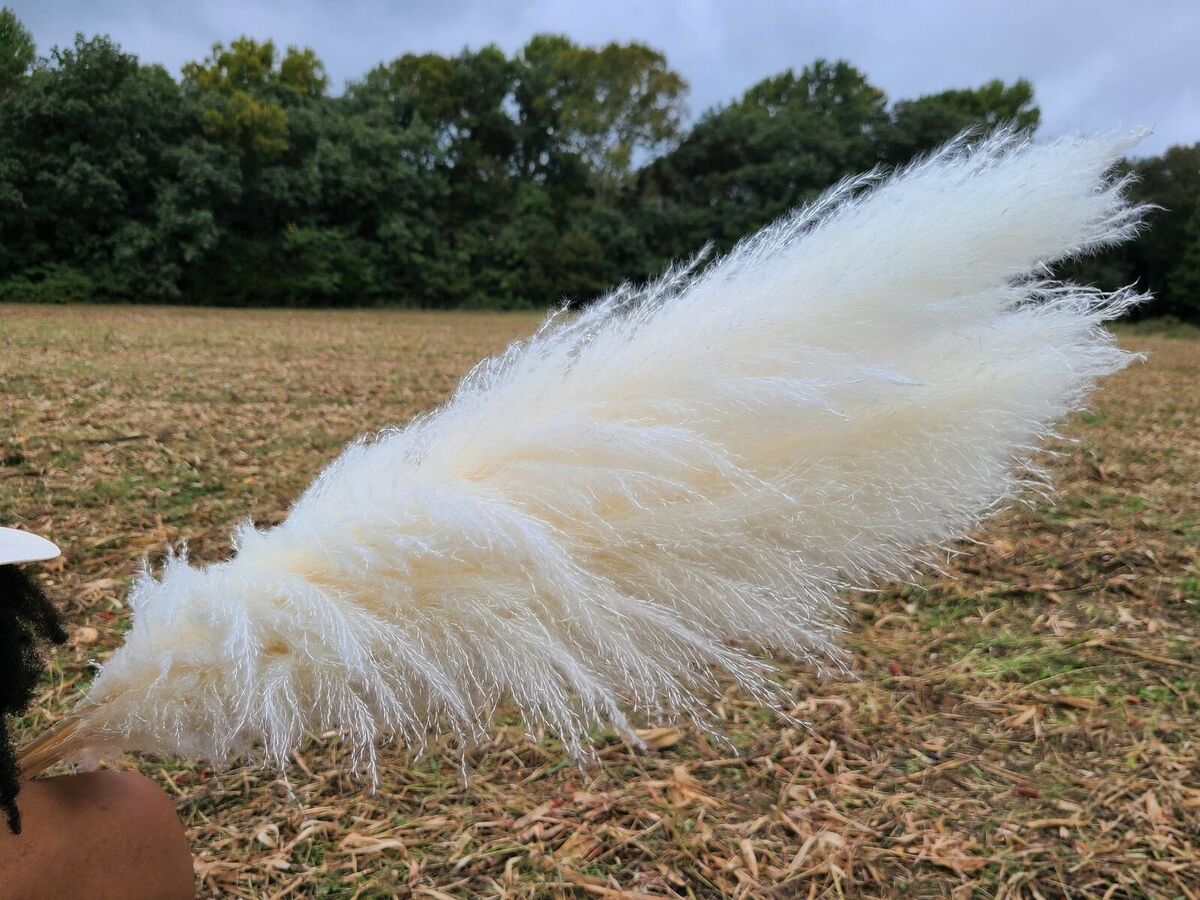
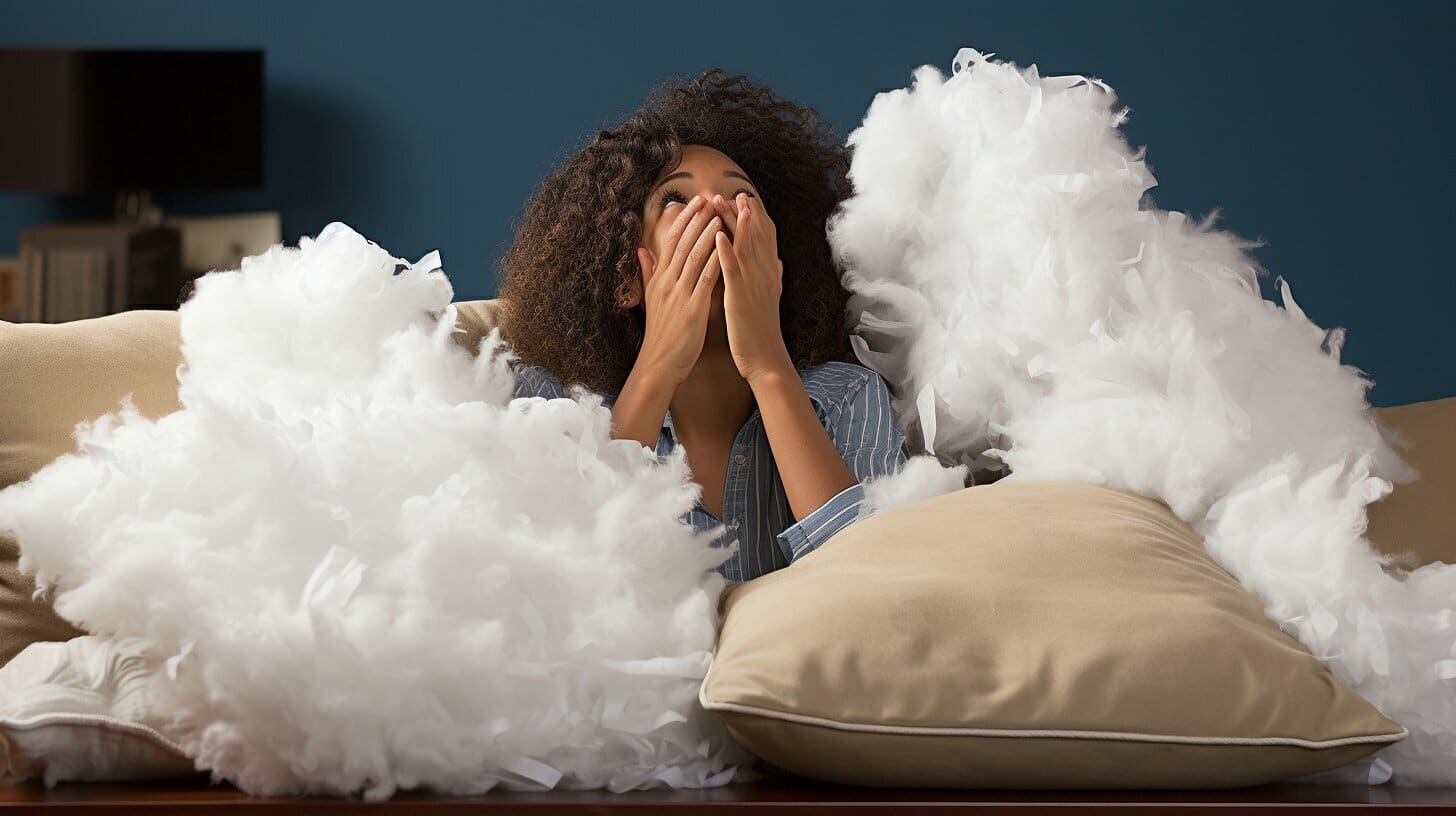


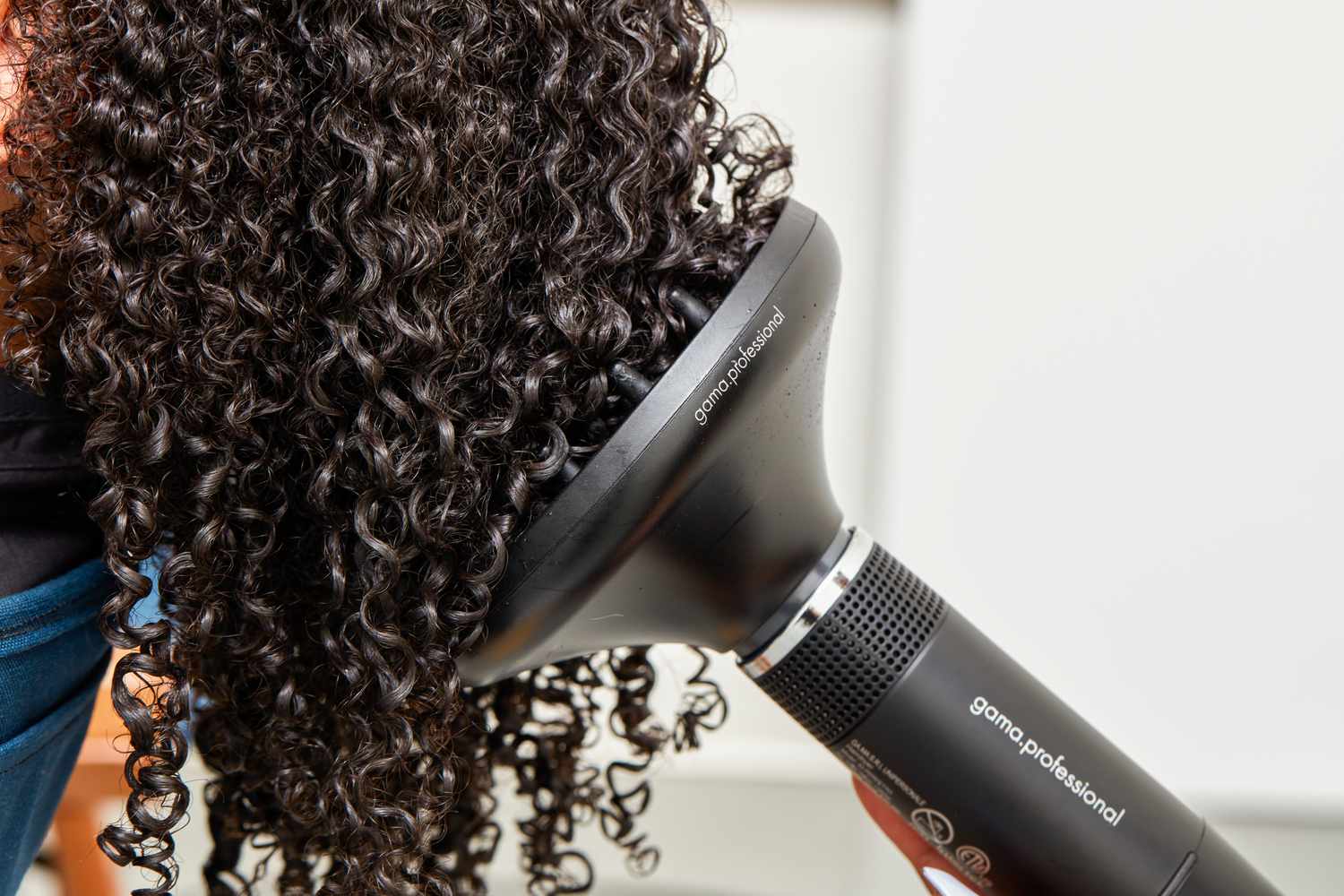
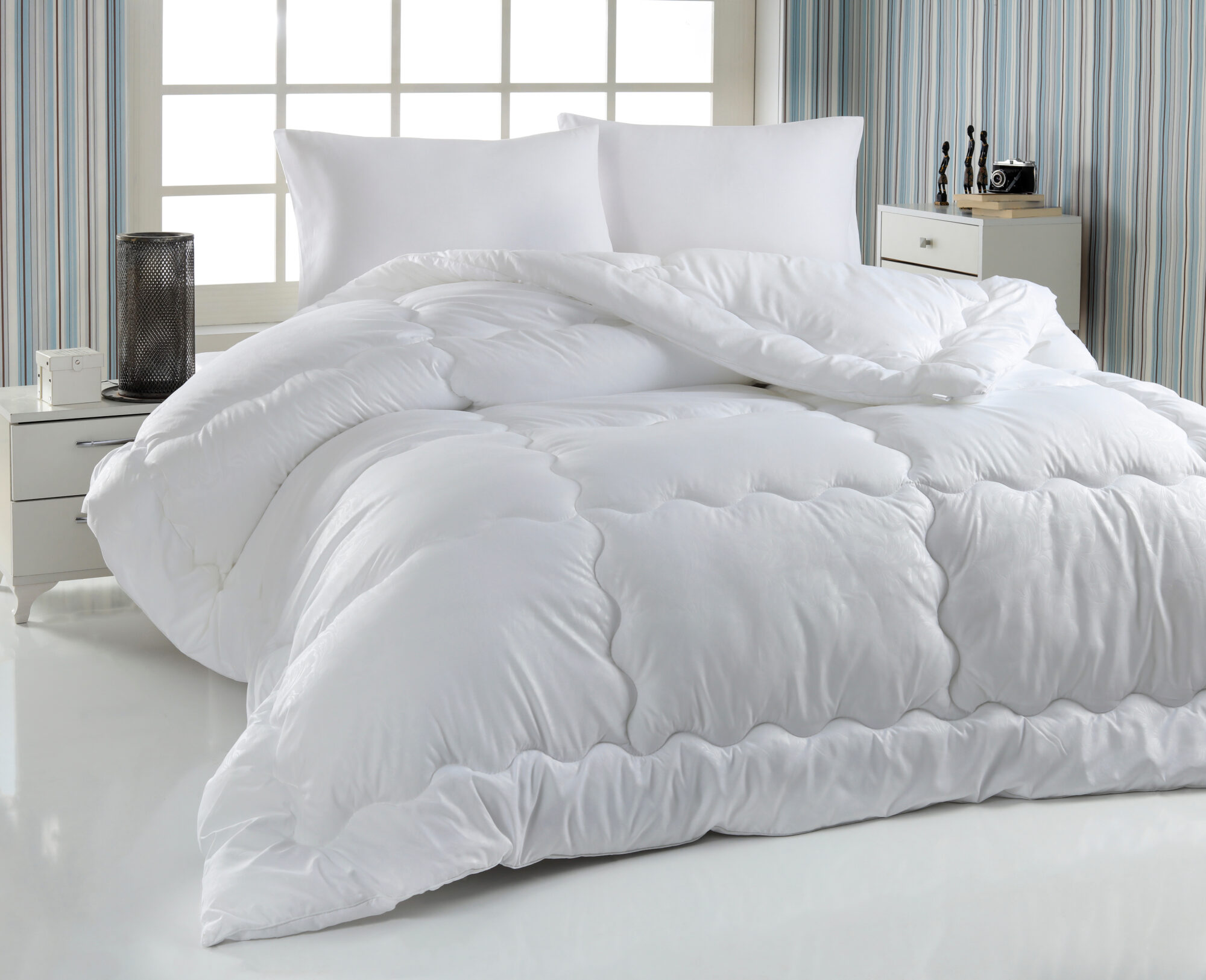

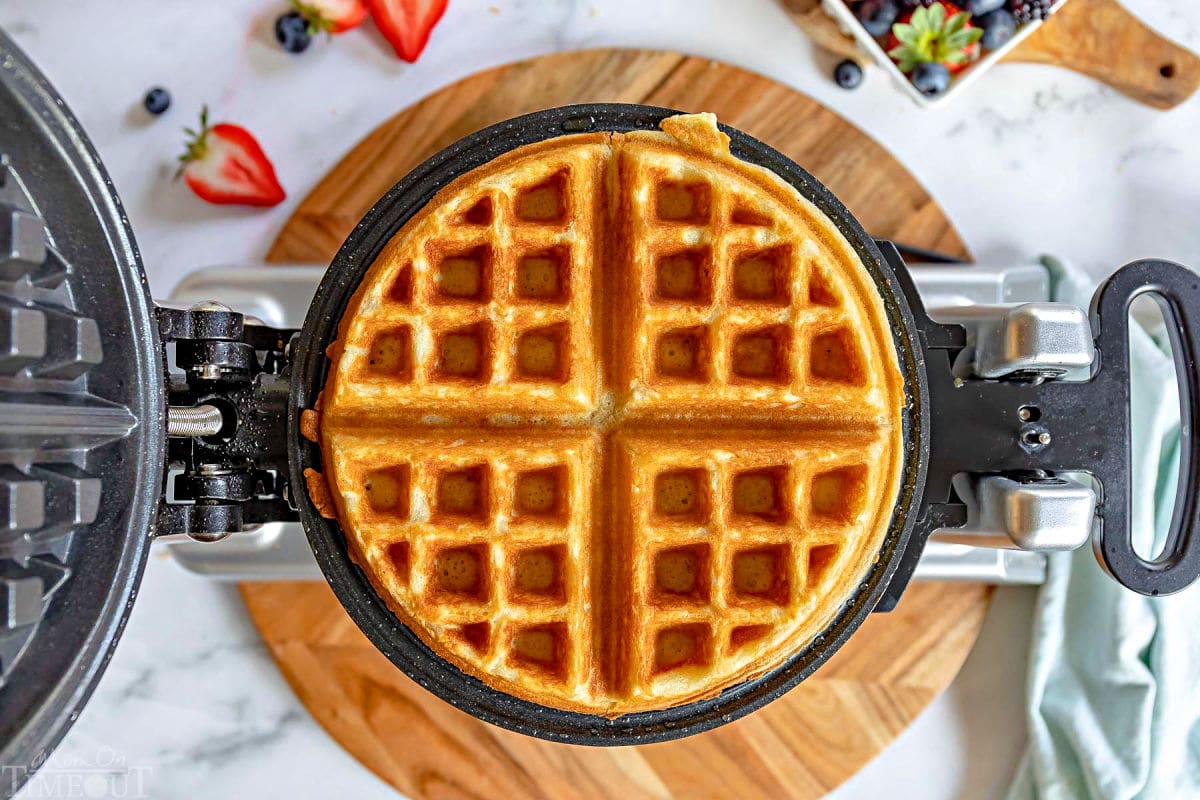
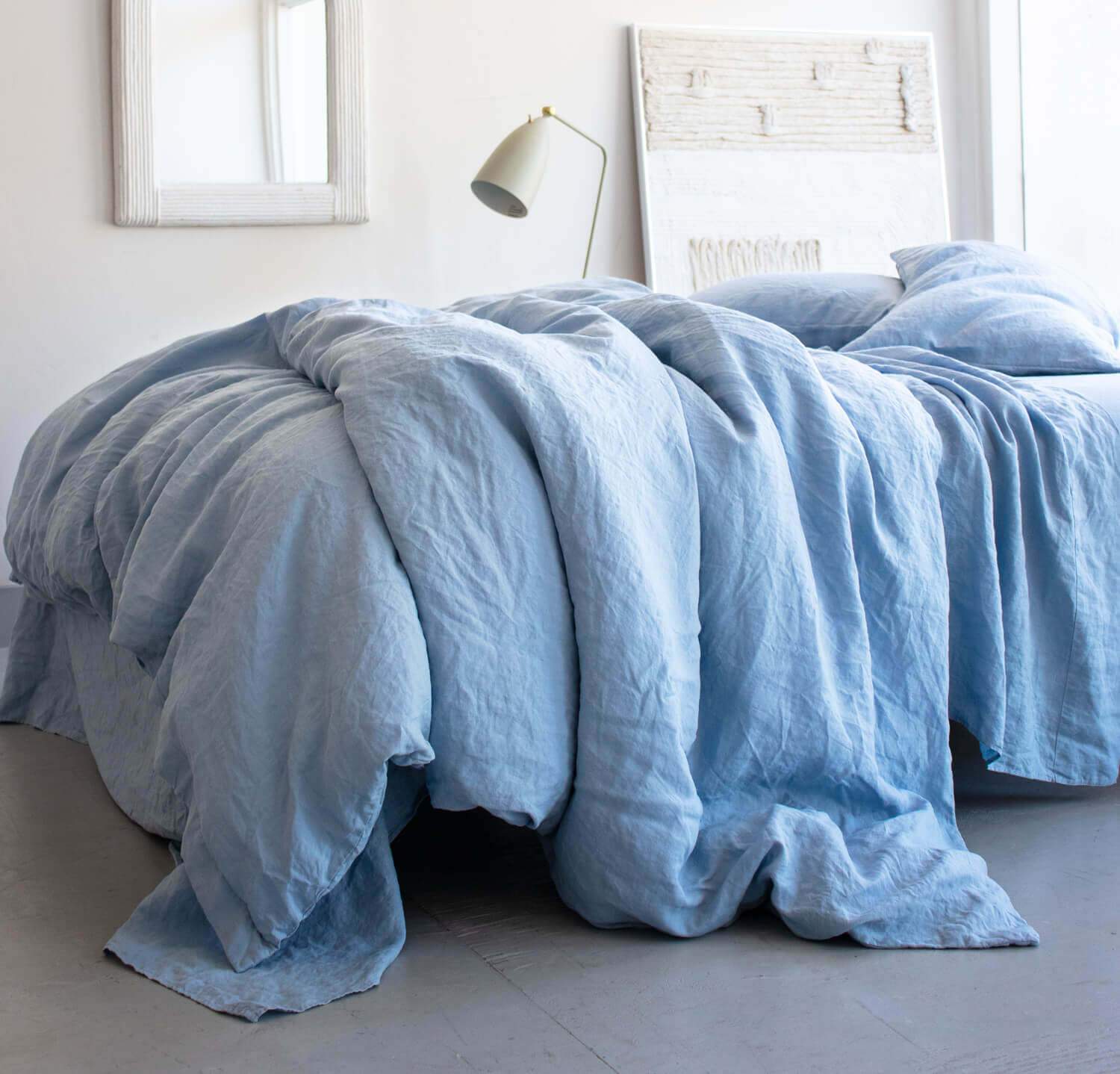


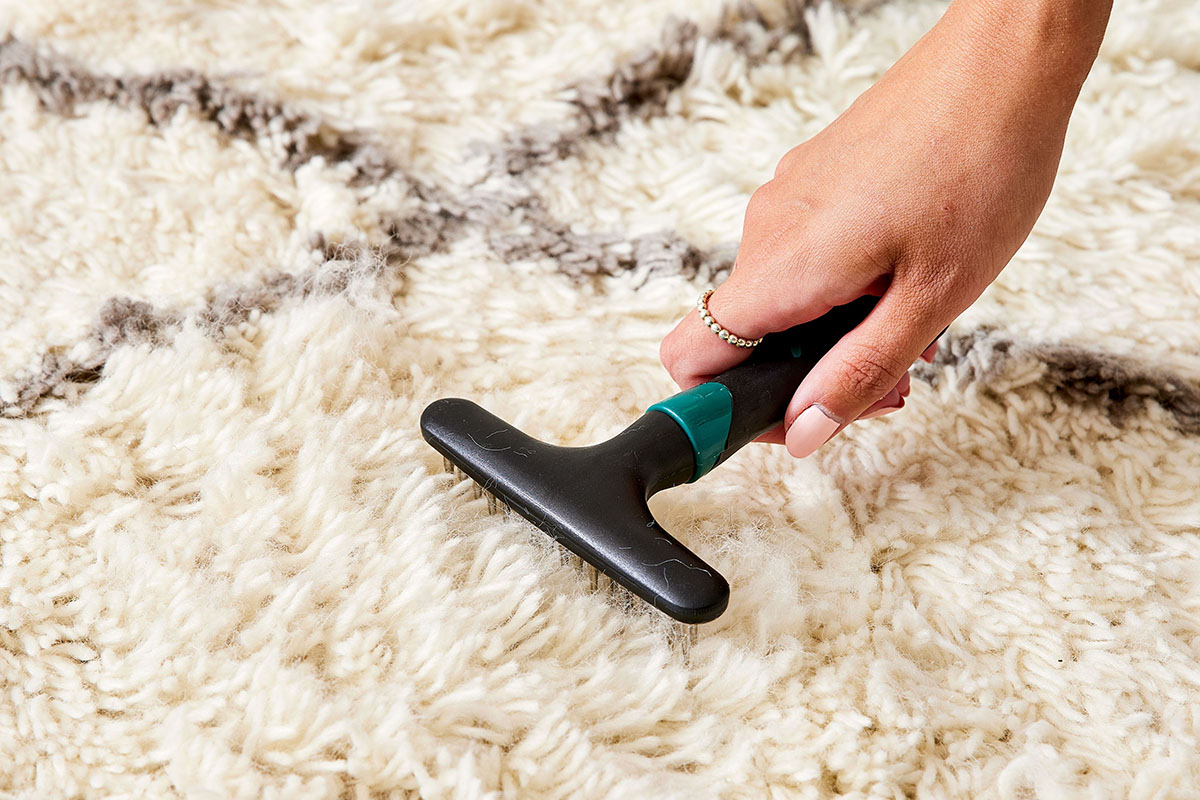

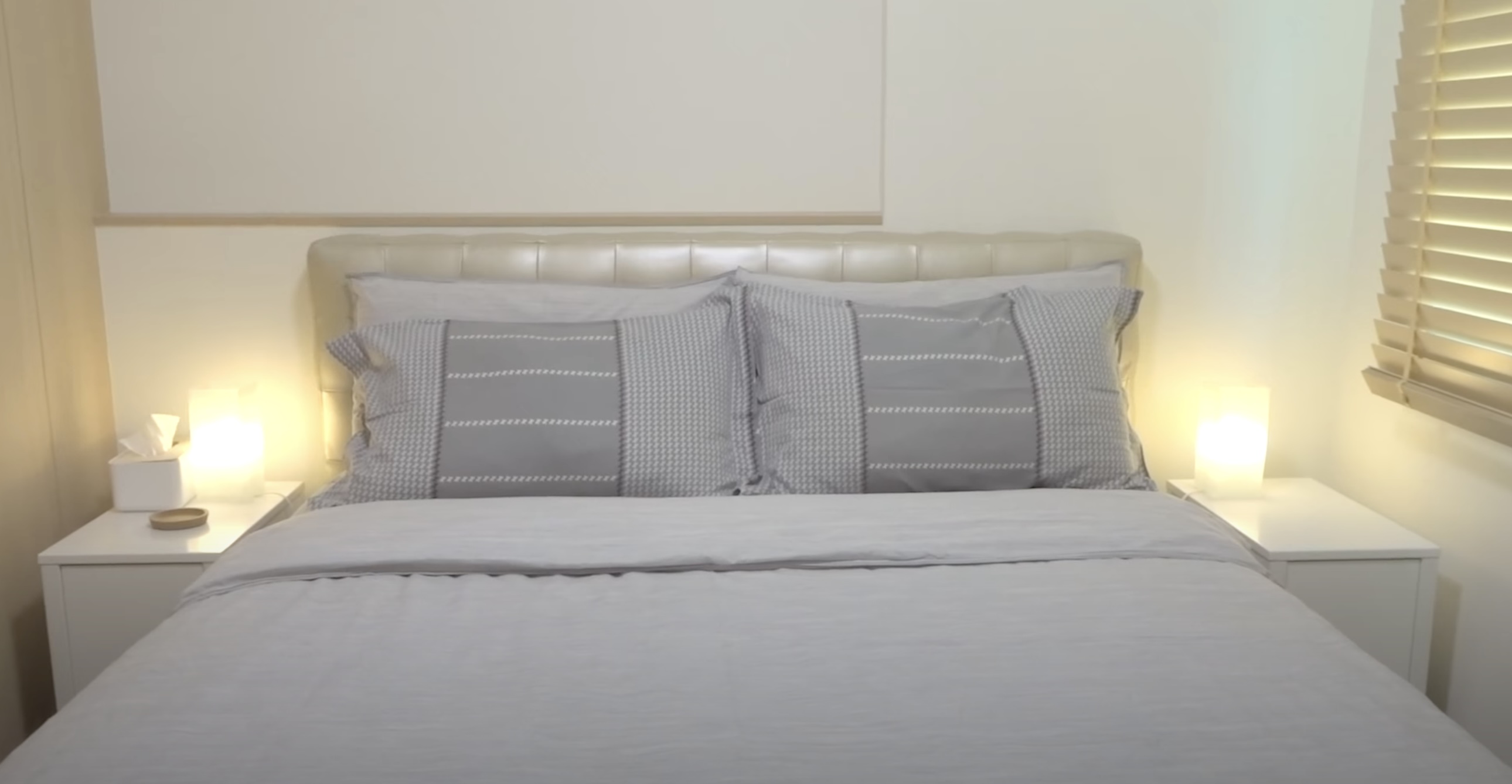

0 thoughts on “How To Make Your Duvet Look Fluffy”